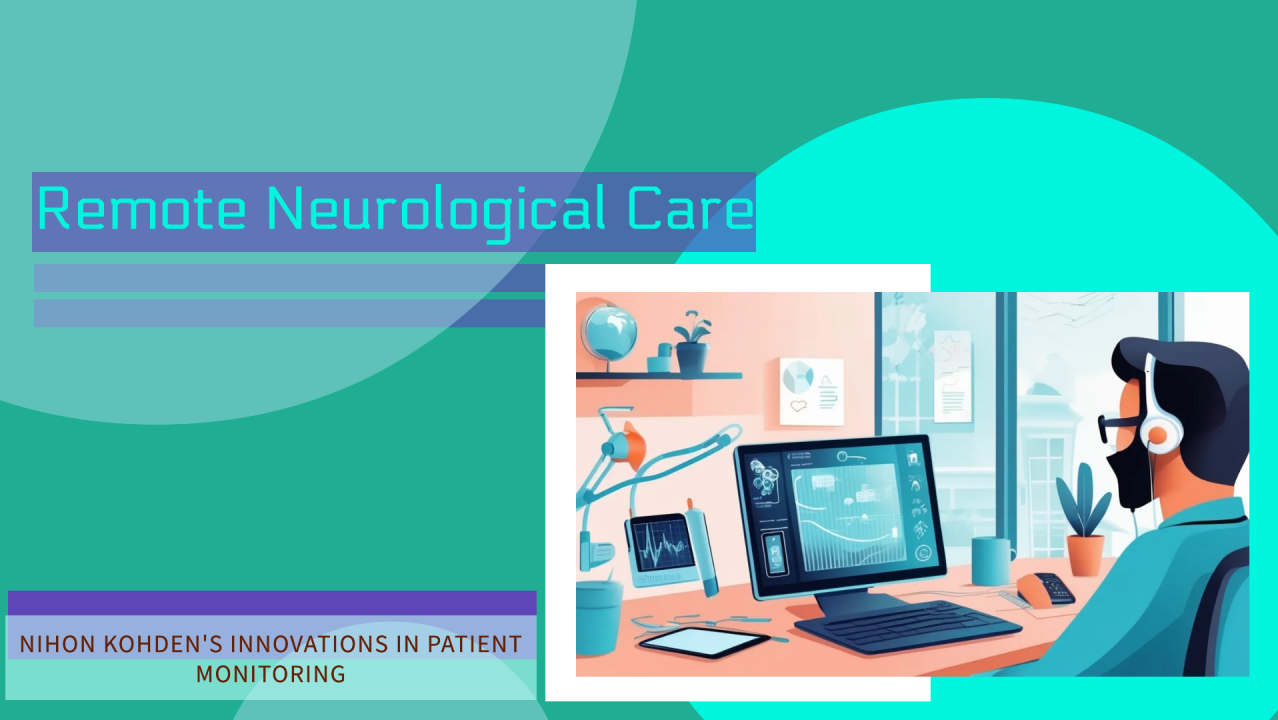GE Healthcare’s Cutting-Edge RPM Solutions: Enhancing Patient Outcomes in 2024

Remote Patient Monitoring Market Insights: End-User Perspectives in 2024
What Are the Projected Market Shares and Growth Rates for Each End-User Segment in the Remote Patient Monitoring Market Through 2024?
The Remote Patient Monitoring (RPM) market is experiencing rapid growth, with projected market shares reflecting the increasing demand from various end-user segments, including Payers, Providers, and Patients.
Recent studies estimate that the RPM market will grow at a compound annual growth rate (CAGR) of 19.30% through 2024, fueled by the shift towards value-based care and the need for efficient healthcare delivery.
- Payers: Insurance companies and payers are embracing RPM to reduce hospital readmissions and manage chronic diseases more effectively. They are projected to account for approximately 40% of the market share by 2024.
- Providers: Healthcare providers, including hospitals and clinics, are investing in RPM solutions to enhance patient monitoring and care delivery. This segment is expected to grow substantially, driven by the need for improved patient outcomes and operational efficiency.
- Patients: As awareness of RPM benefits increases, patient engagement is expected to rise significantly, with patients increasingly utilizing remote monitoring devices to manage their health proactively.
How Are Payers Adapting Their Reimbursement Models to Incorporate Remote Patient Monitoring Technologies?
The integration of Remote Patient Monitoring technologies into healthcare reimbursement models is essential for widespread adoption. Payers are shifting towards reimbursement strategies that reward providers for using RPM to enhance patient care and reduce costs.
- Value-Based Care Models: Payers are incentivizing providers through value-based care models, where reimbursement is tied to patient outcomes rather than the volume of services provided. This encourages the adoption of RPM technologies that facilitate proactive health management.
- Expanded Coverage: Many insurers are expanding coverage for RPM services, recognizing the potential for improved patient engagement and reduced healthcare costs. This shift is critical for promoting the use of devices and platforms that monitor chronic conditions like diabetes and hypertension.
What Are the Primary Factors Driving Adoption of Remote Patient Monitoring Among Healthcare Providers and Patients?
Several factors are contributing to the increasing adoption of RPM solutions among healthcare providers and patients:
- Improved Patient Outcomes: RPM enables continuous monitoring of patients, leading to timely interventions and better health outcomes. Providers can track vital signs and other health metrics in real-time, allowing for immediate adjustments to treatment plans.
- Cost Savings: For providers, RPM reduces the need for in-person visits and hospitalizations, resulting in significant cost savings. Additionally, payers benefit from lower overall healthcare costs due to fewer complications and readmissions.
- Patient Empowerment: Patients are becoming more engaged in their healthcare journeys, seeking tools that empower them to manage their health. RPM technologies provide valuable insights into health status, fostering a proactive approach to wellness.
What Challenges Do Providers Face When Implementing Remote Patient Monitoring Solutions?
Despite the advantages, providers face several challenges in implementing RPM solutions that can impact patient engagement and outcomes:
- Integration with Existing Systems: Many healthcare providers struggle with integrating RPM technologies into their existing electronic health record (EHR) systems. This can lead to data silos and inefficiencies, undermining the effectiveness of RPM solutions.
- Technical Barriers: Some providers may lack the technical expertise or resources to implement and maintain RPM solutions effectively. This is especially true for smaller practices that may not have dedicated IT support.
- Patient Compliance: Ensuring patient adherence to RPM protocols can be challenging. Providers must focus on educating patients about the benefits of using monitoring devices and how to use them effectively.
The Remote Patient Monitoring market is evolving rapidly, driven by growing demand from payers, providers, and patients.
Companies like Koninklijke Philips N.V., Medtronic plc, GE Healthcare, and others are leading the charge with innovative RPM solutions that enhance patient care and operational efficiency.
Addressing the challenges of integration, technical barriers, and patient compliance will be crucial for maximizing the benefits of RPM technologies. Investors should keep a close eye on these trends as the market continues to expand in 2024.
For more information visit at MarketResearchFuture
Other Trending Reports
- Auto, moto
- Catering
- Leisure, entertainment
- Animals
- Beauty, health
- Education, tutors
- Sports and coaches
- Construction and repair
- Products and stores
- Tourism and recreation
- Finance and Insurance
- Literature
- Music
- History
- Politics
- Religion
- Art
- Movie
- Theater
- Wellness
- Accessories
- Business
- Various


